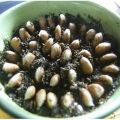How and when to transplant a lemon to another pot at home
Citrus fruits grow well at home and even yield yields. With proper care and compliance with the conditions of agricultural technology, you can provide yourself with tasty and healthy fruits, as well as decorate your home with an exotic tree. However, over time, the grower will have to face such an event as transplanting a room lemon into another pot. This is a necessary measure to ensure the growth, development and regular fruiting of a green pet.
When a transplant is required
Transplanting indoor plants is done for one of several possible reasons. Citrus can get cramped in the old container, they can suddenly get sick, or after buying a tree in a store, you need to put it in a permanent pot.
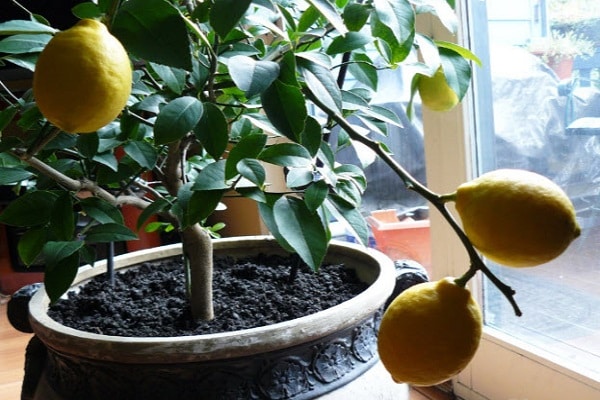
Planned transplant
A planned transplant of a lemon tree is carried out as the root system of the pot fills it. If they are starting to peek out of the drainage hole, then it's time to relocate the plant. It is preferable to plan the work in February or early March, while the lemon has not started to grow. However, if necessary, you can make a transplant in the middle of summer.
Before moving the seedling to another pot, a layer of drainage is laid on the bottom of the vessel, on top of which a small amount of sand is poured. After that, you can pour in a nutritious soil mixture, set a lemon along with an earthen lump. The root collar of the plant should be slightly below the edge of the pot. Then they fill up the soil so that there is little room for watering to the edge. The soil is tamped and watered abundantly.
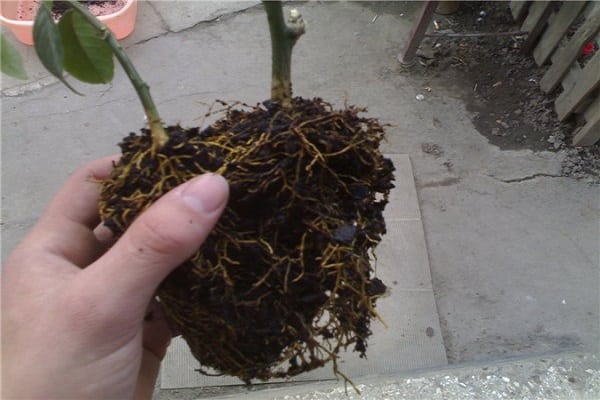
After buying a new tree
After buying a lemon, he will also need a transplant. As a rule, flowers are sold in so-called temporary pots, which are not suitable for long-term growing of plants. At first, the purchased seedling must be kept separate from other indoor flowers in order to avoid spider mite infestation.
Before transplanting, you must prepare a new container, drainage and nutrient mixture in advance. Pour a drainage layer at the bottom of the pot, then a layer of soil, place a lemon in the center along with a lump of earth and add the required amount of soil so that there is room for watering to the edge of the pot. To make it easier for the plant to take root, you can cover it for a while with polyethylene, making a kind of greenhouse.
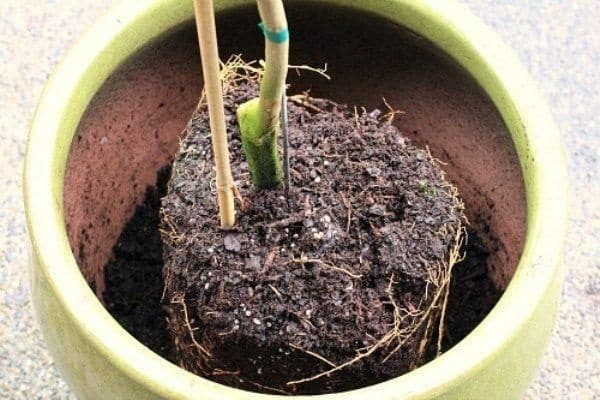
If the plant is sick and does not grow
When the first signs of lemon disease or its growth stop are detected, it is necessary to examine the tree and take measures for its rehabilitation. An unscheduled transplant is not excluded. The plant should be removed from the pot and the root system should be examined. If an unpleasant smell is heard, and signs of decay are visible, then the diseased roots are cut off with a sharp knife, the cut points are treated with a solution of potassium permanganate, and sprinkled with wood ash. Further transplantation technology is no different from the planned one.
Optimal timing for transplant
When is it correct to transplant a lemon so that it takes root well and does not get sick? Experienced florists recommend doing this before the plant comes out of dormancy and the sap flow begins. The ideal time is late February - early March, but the procedure can be carried out in the middle of summer. In the fall, a transplant is carried out only if absolutely necessary, if there is a threat of death of the tree.
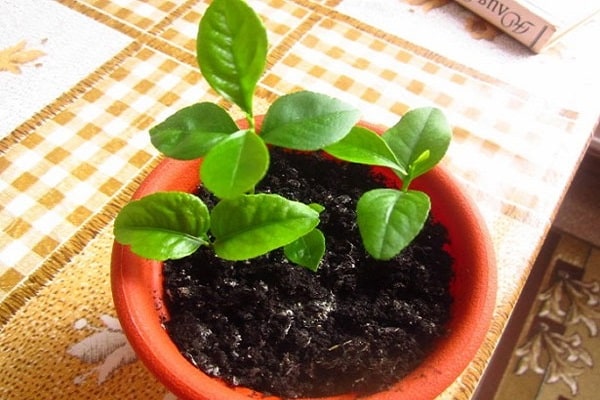
Preparatory stages
Preparing for a transplant takes the most time and is perhaps the most demanding procedure. The further success of all work depends on its correct implementation.
Plant preparation
Before transplanting, the lemon tree should be removed from the old pot, and the root system should be examined. If rot is detected, trim the diseased roots and disinfect them. Excess twigs on the plant must also be removed so that they do not take away vitality, and the seedling takes root more easily.
Pot selection
What kind of pot is needed for growing a lemon so that the seedling feels comfortable and easy to care for? Preference should be given to containers with a flat bottom, pots are not suitable for these purposes. The material from which they are made can be absolutely any, there are no restrictions in this regard. The size of the pot for indoor lemon is chosen 4 cm larger from where the plant grew earlier. A mandatory requirement is the presence of drainage holes. It is better if the container is small but wide.
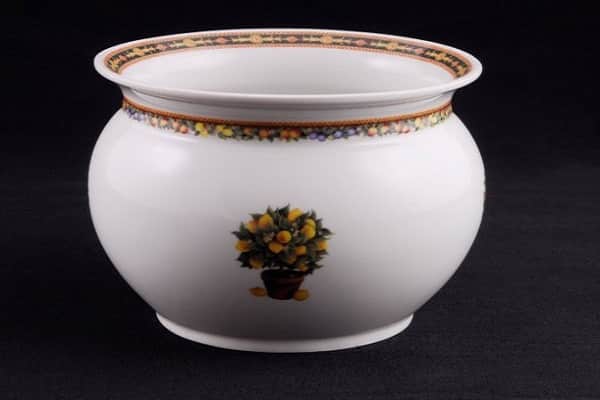
Required soil and drainage
Expanded clay and river sand are used as a drainage layer for lemon. It is preferable to purchase ready-made soil for growing citrus plants. It already contains all the necessary components and trace elements.
Procedure technology
A homemade lemon transplant consists of the following steps:
- Take a pot of a suitable size.
- Drainage is laid at the bottom with a layer of 3 cm.
- To provide additional nutrition, a layer of peat 2 cm thick is laid on top of the drainage.
- Carefully remove the lemon from the old pot, preventing the earthen coma from shedding.
- Cut dry and damaged roots, treat them with "Kornevin".
- Place the lemon in the center of the new pot so that the root collar is slightly below the edge of the pot.
- Fill in the prepared soil mixture and tamp it.
- Water the seedling abundantly and sprinkle it with Zircon solution.
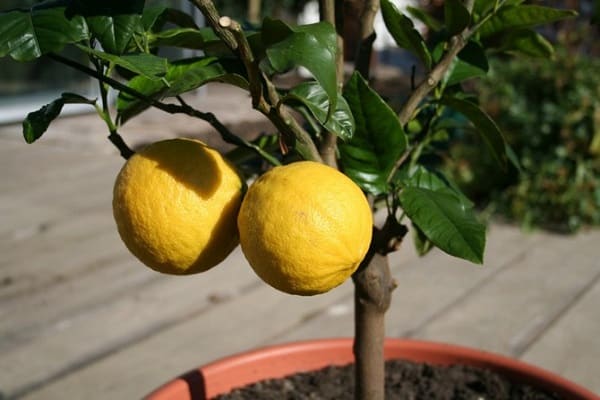
Lemon care after transplant
Growing lemon at home requires some care. After transplanting in the summer, the tree is watered once a day with settled water, in the spring and autumn, 2-3 waterings per week are enough, and in winter, irrigation is carried out only once a week. In dry and hot weather, it is useful to do regular spraying of the crown.
Fertilization
The first 1.5 months after the transplant, lemon feeding is not required. After the specified time, complex mineral fertilizers, nitrogen-containing preparations and organic matter are introduced.

Features of transplanting tall specimens
Tall lemons grow about 2-3 meters, so their transplant is somewhat difficult.In order not to damage the tree, the following measures must be observed:
- the trunk of a lemon tree near the root collar is wrapped in a cloth;
- a loop of strong rope is put on a rag;
- a stick is inserted into the loop;
- the stick is resting on one side of the stand, and with the help of the other, the lemon is raised;
- fix the stick in a hanging position;
- remove the old pot from the root system of the tree;
- a new vessel with a poured drainage layer is substituted under the lemon;
- lower the plant into a new container and cover the free space with nutritious soil mixture;
- the loop and fabric are removed from the trunk, lemon is abundantly watered.
It is undesirable to allow direct sunlight to hit the transplanted tree, therefore, for a while, it is fenced off with a fabric screen.


